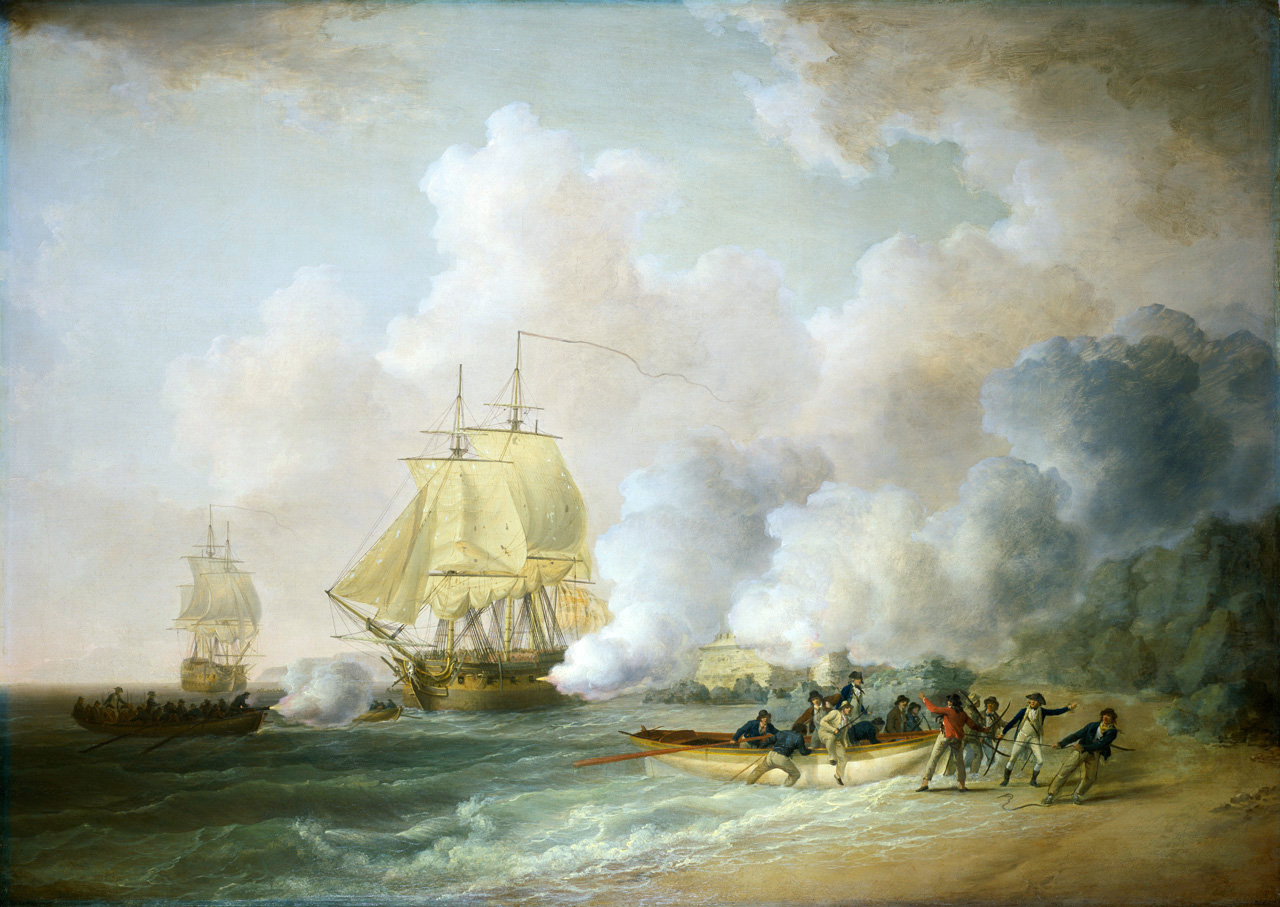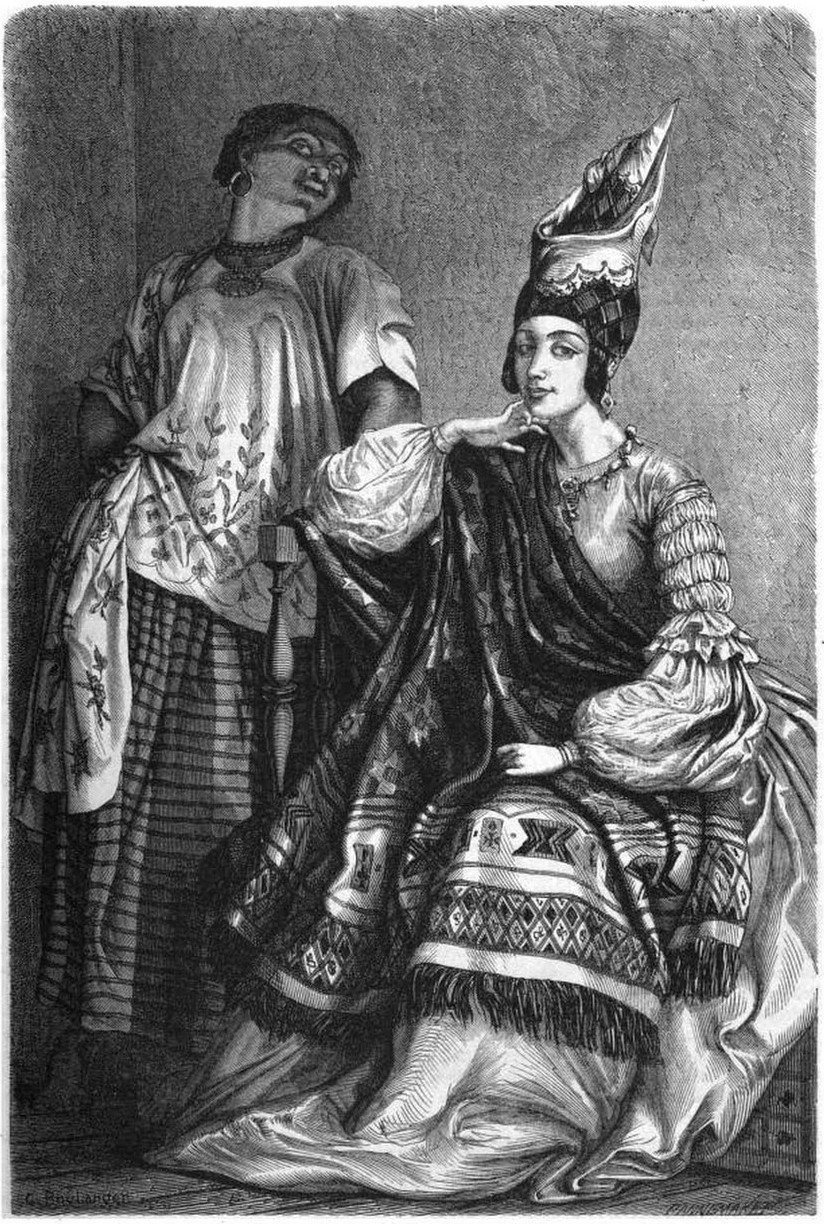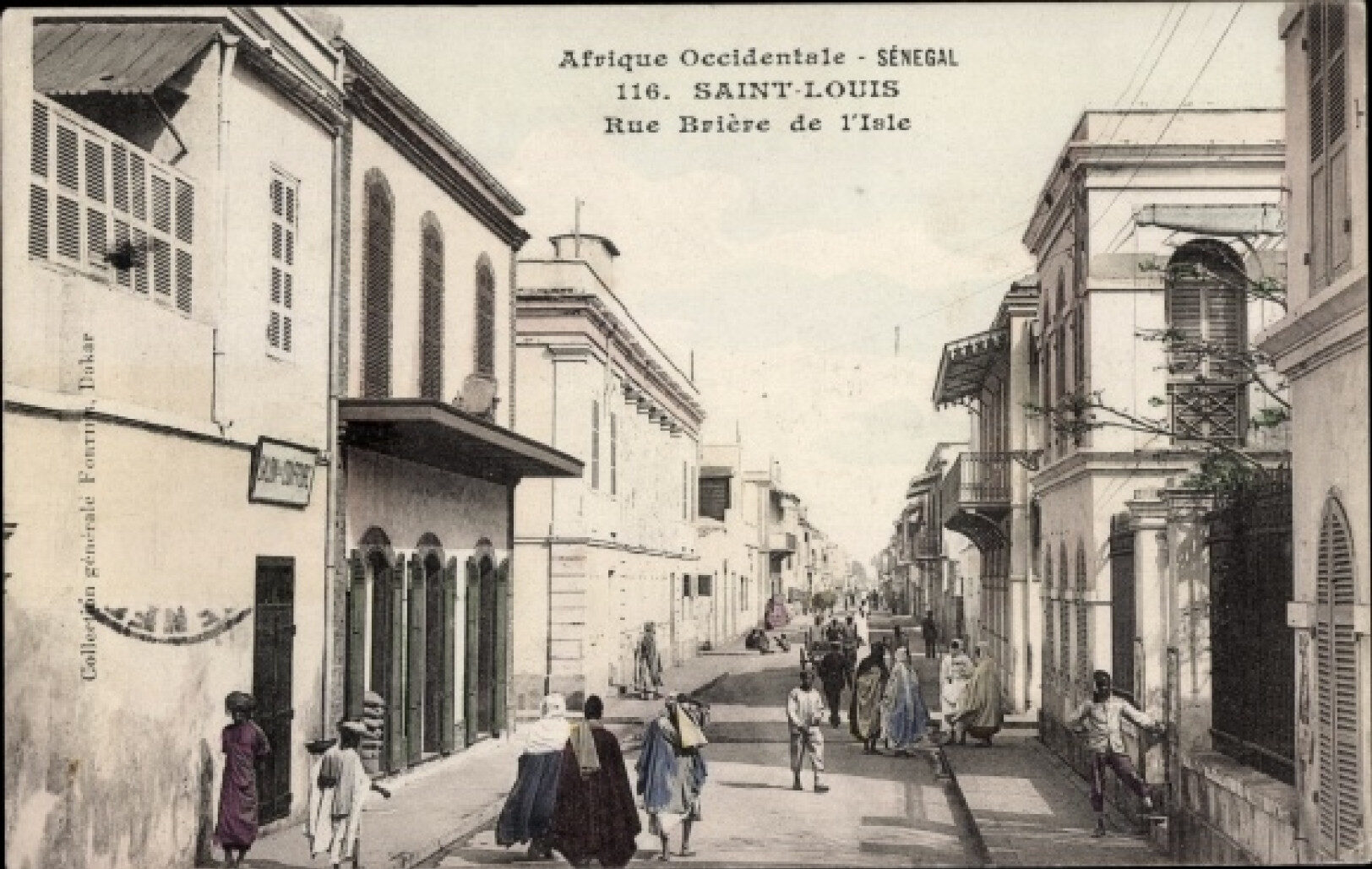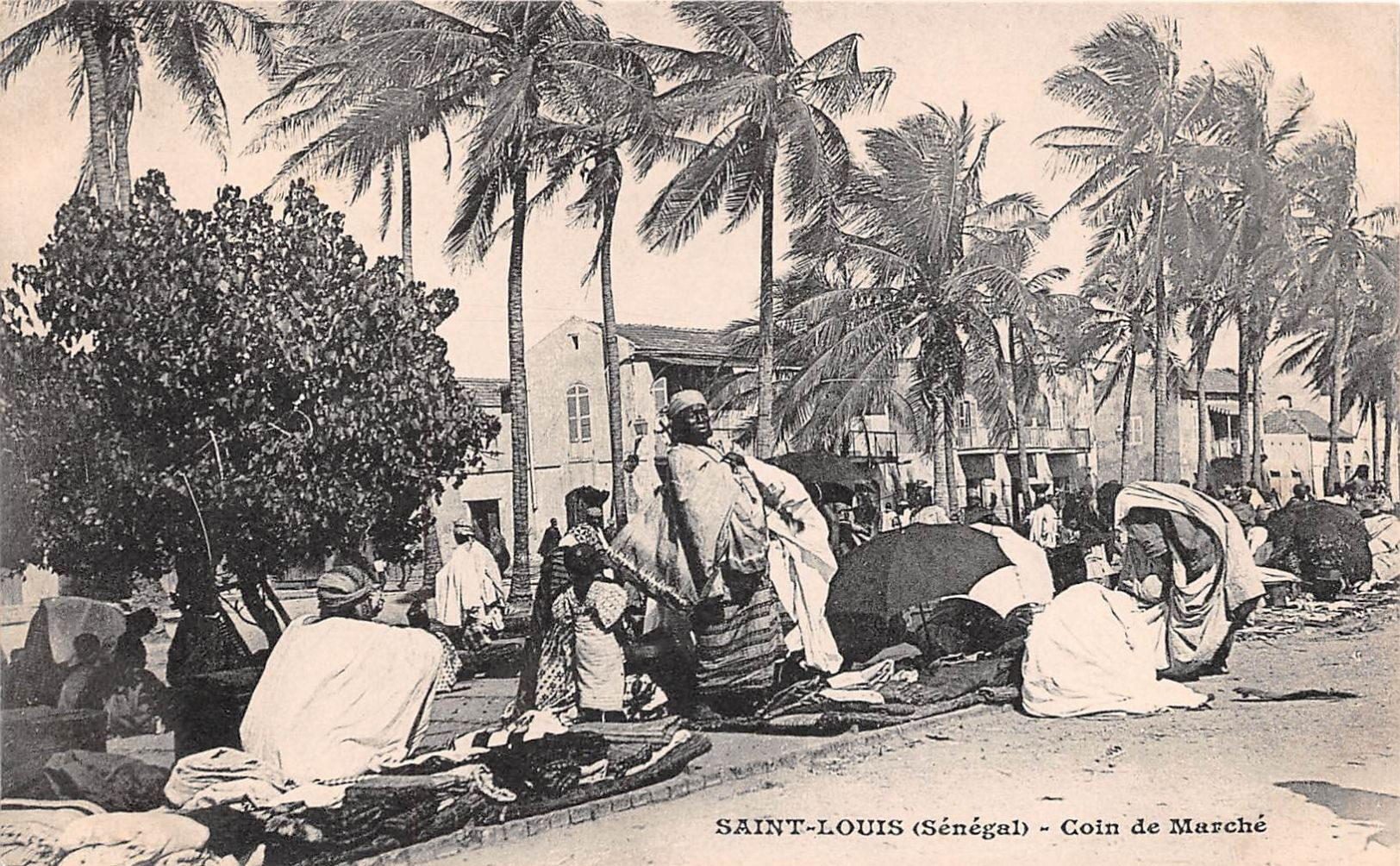Jean-Jacques Alain, also spelled Alin, was born in 1777 in Le Lamentin, Martinique. Following the French Revolution, he migrated to Senegal, where he would become a key figure in the city of Saint-Louis, serving as its mayor from 1829 to 1848.

The ship in the foreground is the HMS Zebra, firing its cannons, with the 64-gun HMS Asia visible in the background.
A sergeant in the National Guard in 1792, Jean-Jacques Alain became a prisoner of war in 1794 during the British capture of Martinique. That same year, he returned to France and joined the 2nd Battalion of Seine-Inférieure in July 1794. From 1794 to 1796, he served as a soldier, then corporal and sub-lieutenant in the Antilles Battalion. During this period, he was taken prisoner in Saint Lucia and interned in England from 1796 to 1797. Later, he became a sub-lieutenant in the Africa Battalion in Gorée from 1800 to 1802.
At the heart of kinship ties between Africans and the black peoples of the Americas, historians often look for the ancestors of the latter among the former. Yet these connections are more complex, with several Africans tracing their lineage to Afro-descendants from the Americas. In Senegal, after the French Revolution, around a hundred “free people of color” from Guadeloupe, Martinique, and Saint-Domingue settled in the French trading post of Saint-Louis. Their mission was to strengthen the loyalty of the local French population to the newly established Republic.

Among these new arrivals was the Alain family, originally from Martinique, who arrived in Saint-Louis in 1799. They integrated into the existing mixed-race community. The eldest son, Jean-Jacques, who began his career as a soldier, later became a prominent trader specializing in gum and an influential resident of Saint-Louis. His marriage to Marie-Paul Bénis, a member of the city’s mixed-race or Signare community, resulted in children and descendants, notably through the Crespin and Dubrux families.

Jean-Jacques Alain stands as a unique example of free Blacks from the Antilles who succeeded in settling and thriving in West Africa. As mayor of Saint-Louis, he played a vital role in the city’s development, implementing infrastructure projects and improving residents’ living conditions. His tenure was marked by initiatives aimed at modernizing Saint-Louis and strengthening economic ties with France.
It is worth noting that the presence of free Blacks from the Antilles in Saint-Louis not only reinforced relations between France and its African colonies but also enriched local culture. Through his marriage and social involvement, Jean-Jacques Alain contributed to this cultural integration, forging lasting connections between communities.

Jean-Jacques Alain faced many challenges. As mayor, he had to navigate political and social tensions while striving to maintain stability and promote development. Despite these obstacles, his leadership and vision left a lasting mark on Saint-Louis.
In 1848, Jean-Jacques Alain ended his term as mayor, one year before his death. He had been made a Knight of the Legion of Honor on June 2, 1830. His final years were marked by a smooth transition of power, ensuring the city’s continued development. His legacy endures today through both his descendants and the lasting impact of his contributions.

The story of Jean-Jacques Alain is a powerful reminder of the complex historical ties between Africans and Afro-descendants from the Americas. It illustrates how migration and integration dynamics can shape resilient and diverse societies. By studying figures like Jean-Jacques Alain, we gain a deeper understanding of the profound and often overlooked connections that bind Black communities across the globe.
Notes and references
The following works and articles were especially useful in the writing of this article:
- Hillary Jones, The Métis of Senegal: Urban Life and Politics in French West Africa. This book explores urban life and politics in Saint-Louis, providing valuable context on the era when Jean-Jacques Alain was active.
- Michael Ralph, Forensics of Capital. This book examines economic and social dynamics in West Africa, including discussions on the gum trade and its economic importance in Saint-Louis.
- Archives nationales d’outre-mer: Records related to Martinique and Senegal, containing documents on the migration of free Blacks from the Antilles to Saint-Louis and the career of Jean-Jacques Alain. Available online: Archives nationales d’outre-mer.
Summary
Notes and References
